Photography is a captivating blend of technology and creativity, and starting out can be both thrilling and a bit daunting. As a beginner, you’re about to embark on an exciting adventure. This guide will help you navigate the basics of photography, from familiarizing yourself with your camera and mastering key settings to understanding fundamental composition principles.
Getting Started with Your Camera

1- Familiarize Yourself with Your Equipment
Before you start taking photos, it’s essential to get to know your camera. Whether you’re using a DSLR, a mirrorless camera, or a smartphone, understanding your gear will greatly enhance your experience.
DSLR and Mirrorless Cameras: These provide extensive control and are perfect for learning the fundamentals. They offer manual modes that allow you to adjust settings to your preference.
Smartphones: Modern smartphones come with advanced cameras and various modes that can make learning easier.
2- Learn the Basic Controls
Understand your camera’s primary controls and features:
Shutter Button: This is the main control for capturing photos.
Lens: Learn how to attach, detach, and clean your lens.
Menu: Explore the settings menu to customize your camera’s features according to your needs.
Basic Camera Settings
1- Aperture (f-stop)
Aperture controls how much light enters the lens and influences the depth of field. The f-stop number indicates the size of the aperture:
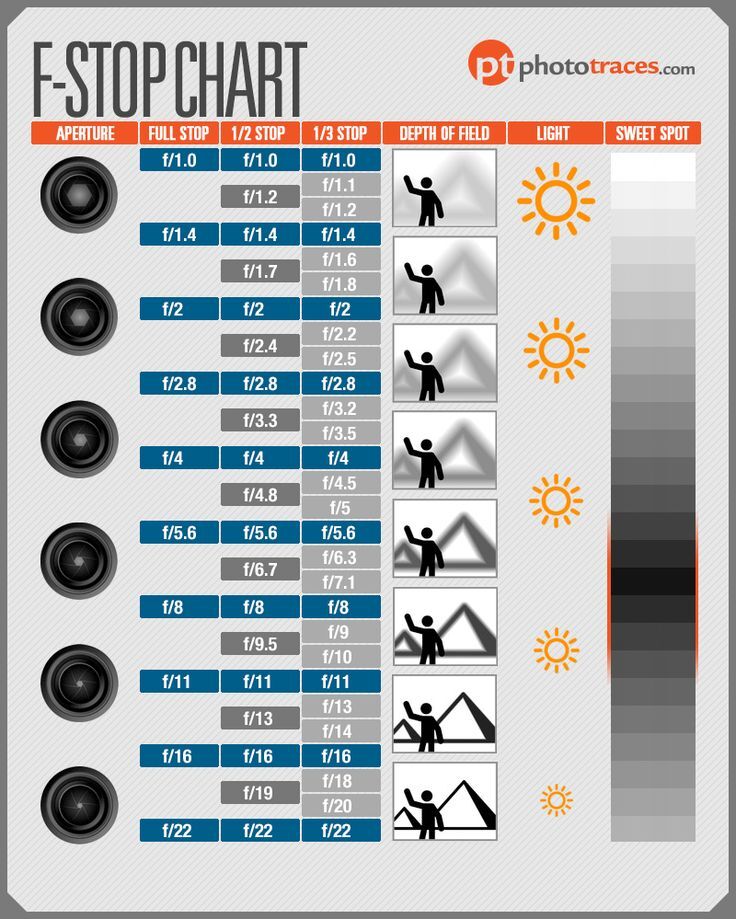
Lower f-stop (e.g., f/1.8): Larger aperture, allows more light in, and produces a blurrier background—great for portraits.
Higher f-stop (e.g., f/16): Smaller aperture, lets in less light, and keeps more of the scene in focus—ideal for landscapes.
2- Shutter Speed
Shutter speed dictates how long the camera’s shutter remains open:
Fast Shutter Speed (e.g., 1/1000s): Freezes motion, perfect for action shots.
Slow Shutter Speed (e.g., 1/30s): Captures movement, suitable for long exposures and low-light conditions.
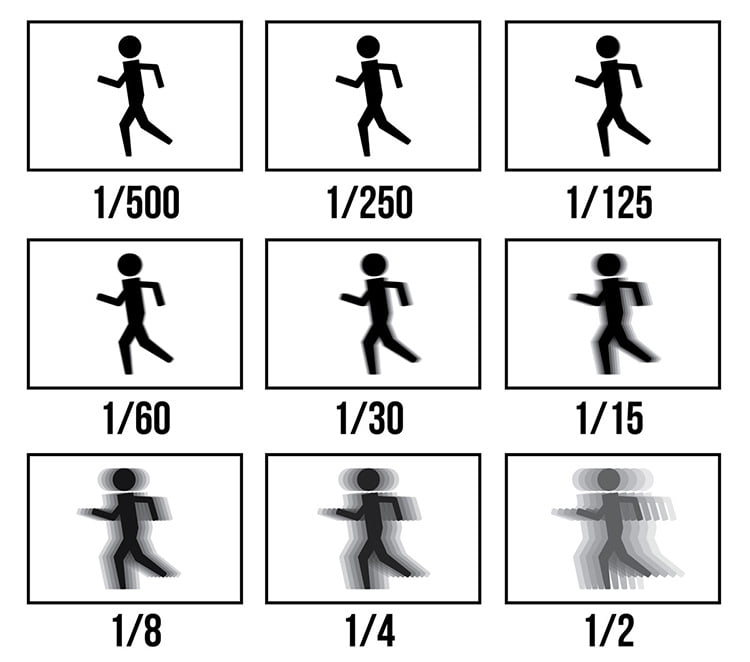
3- ISO
ISO measures the sensor’s sensitivity to light:
Low ISO (e.g., 100 or 200): Less sensitive, produces less noise, and is best for well-lit environments.
High ISO (e.g., 1600 or higher): More sensitive, introduces more noise, and is better for low-light situations.
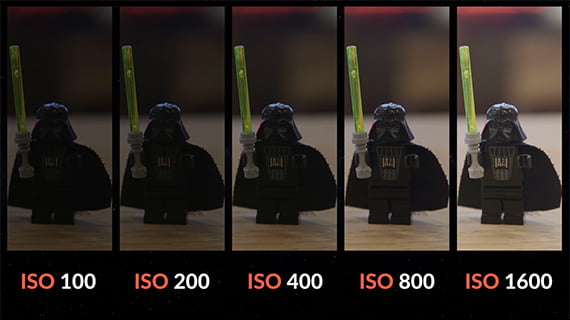
4- White Balance
White balance adjusts the color temperature of your photos to match different lighting conditions :
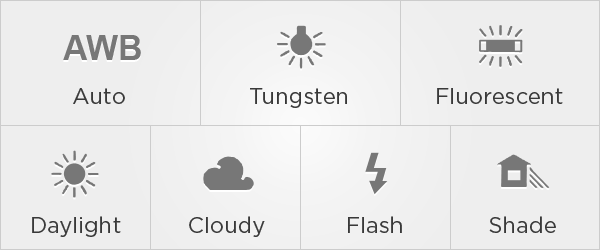
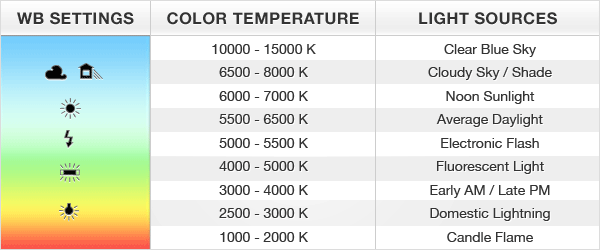

Composition Tips
Good composition can transform a photo from average to exceptional. Here are some essential tips to get you started:
1- Rule of Thirds
Visualize your image divided into nine equal parts by two equally spaced horizontal lines and two vertical lines. Position your subject at the intersections of these lines or along them to achieve a well-balanced composition.

2-Leading Lines
Incorporate natural lines within your scene to direct the viewer’s gaze toward the subject. Elements like roads, rivers, or fences can guide attention and add depth.
3-Framing
Use surrounding elements to frame your subject, such as an archway or overhanging branches. This technique draws focus to the subject and provides context.
4-Perspective and Angle
Experiment with different perspectives to add intrigue. Try shooting from above, below, or unusual angles to offer a unique view of your subject.
5-Depth
Enhance your images by including elements in the foreground, middle ground, and background. This layering creates a sense of depth and makes the photo more engaging.
6-Simplify
Less can often be more. Avoid overcrowding your frame with too many elements. A simple background with a clear focal point usually results in a more compelling image.
Practice and Experiment
Improving your photography involves both practicing regularly and grasping technical concepts. Here’s how you can enhance your skills:
Final Thoughts
Getting started in photography is all about exploration and experimentation. Embrace the journey, be patient with yourself, and most importantly, enjoy capturing the world through your lens. Along the way, you’ll pick up techniques like motion blur that can enhance your photos. With time, practice, and a touch of creativity, you’ll develop your unique style and eye for creating beautiful images. Happy shooting!



Pingback: Understanding Motion Blur and How to Create It - lifeByLens